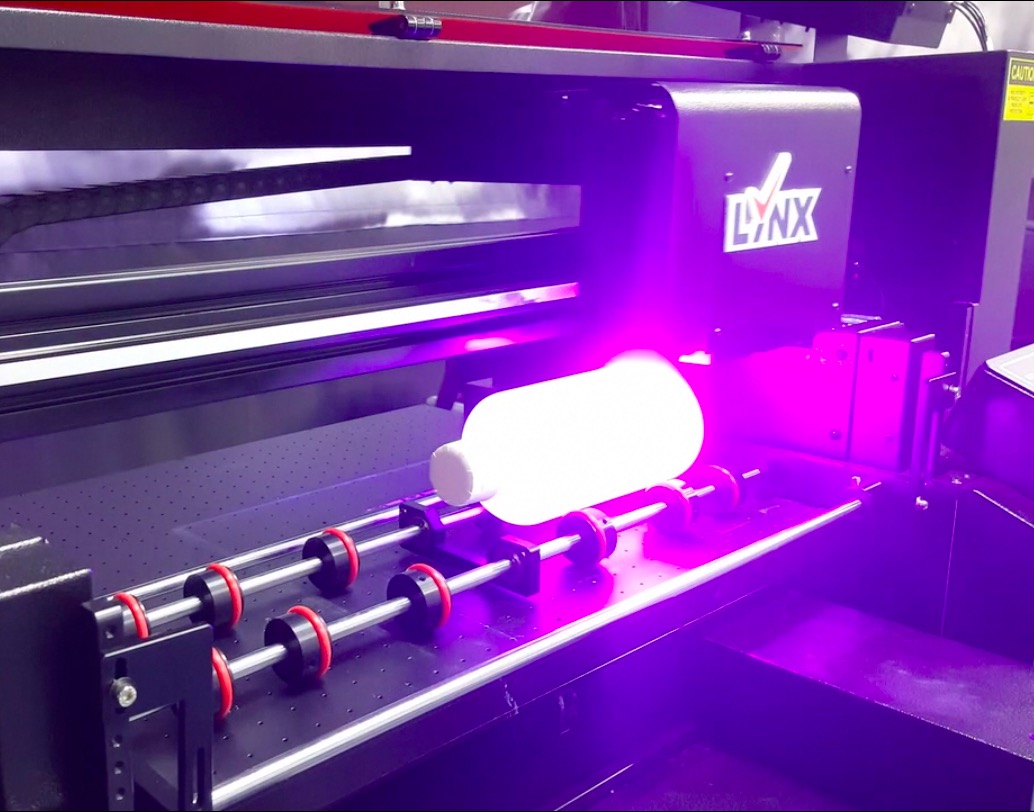Flatbed Digital Printer on:
[Wikipedia]
[Google]
[Amazon]
Flatbed digital printers, also known as flatbed printers or flatbed UV printers, are printers characterized by a flat surface upon which a material is placed to be printed on. Flatbed printers are capable of printing on a wide variety of materials such as
 Although most flatbed printers are limited to printing on flat some are capable of printing of cylindrical objects, such as bottles and cans, using rotary attachments that position the object and rotate it while the printhead applies ink. Flatbed printers have sometimes been used to print on small spherical objects such as
Although most flatbed printers are limited to printing on flat some are capable of printing of cylindrical objects, such as bottles and cans, using rotary attachments that position the object and rotate it while the printhead applies ink. Flatbed printers have sometimes been used to print on small spherical objects such as
photographic paper
Photographic paper is a paper coated with a light-sensitive chemical formula, like photographic film, used for making photographic prints. When photographic paper is exposed to light, it captures a latent image that is then developed to form a v ...
, film
A film also called a movie, motion picture, moving picture, picture, photoplay or (slang) flick is a work of visual art that simulates experiences and otherwise communicates ideas, stories, perceptions, feelings, beauty, or atmosphere ...
, cloth, plastic, pvc, acrylic, glass, ceramic, metal, wood, leather, etc.). Flatbed digital printers usually use UV curable inks made of acrylic monomers that are then exposed to strong UV-light to cure, or polymerize them. This process allows for printing on a wide variety of surfaces such as wood or canvas, carpet, tile, and even glass. The adjustable printing bed makes it possible to print on surfaces ranging in thickness from a sheet of paper often up to as much as several inches. Typically used for commercial applications (retail and event signage), flatbed printing is often a substitute for screen-printing. Since no printing plates or silkscreens must be produced, digital printing technology allows shorter runs of signs to be produced economically. Many of the high-end flatbed printers allow for roll-feed, allowing for unattended printing.
Environmentally, flatbed digital printing is based on a more sustainable system than its commercial predecessor of solvent printing as it produces fewer waste cartridges and less indoor air pollution. The resolution of flatbed printers range from 72 DPI (dots per inch) to about 2400 DPI. One of the advantages of a flatbed printer is its versatility of printable materials although this is limited to only flat materials and occupies a lot of surface area.
"Hybrid" Flatbed Digital Printers
 Although most flatbed printers are limited to printing on flat some are capable of printing of cylindrical objects, such as bottles and cans, using rotary attachments that position the object and rotate it while the printhead applies ink. Flatbed printers have sometimes been used to print on small spherical objects such as
Although most flatbed printers are limited to printing on flat some are capable of printing of cylindrical objects, such as bottles and cans, using rotary attachments that position the object and rotate it while the printhead applies ink. Flatbed printers have sometimes been used to print on small spherical objects such as ping pong balls
Table tennis, also known as ping-pong and whiff-whaff, is a sport in which two or four players hit a lightweight ball, also known as the ping-pong ball, back and forth across a table using small solid rackets. It takes place on a hard table div ...
, however, the print resolution tends to decrease around the edges of the printed image due to the inkjets firing ink onto an inclined and further away surface.
Flatbed printers can sometimes execute multiple passes on a surface to achieve an 3D embossing
Emboss or Embossing may refer to:
Materials
The term usually refers to several techniques for creating a raised pattern on a material:
*Paper embossing, the raising of paper and other non-metal products using specific tools to accomplish the task
...
effect. This is either done with colored inks or a clear varnish
Varnish is a clear transparent hard protective coating or film. It is not a stain. It usually has a yellowish shade from the manufacturing process and materials used, but it may also be pigmented as desired, and is sold commercially in various ...
which is used to create glossy finishes or highlights on the print.
"Hybrid" UV printers may also refer to printers capable of printing of a flatbed surface as well as roll-to-roll, which enables the use of flexible substrates stored in rolls.
See also
* Digital printing *Variable Data Printing Variable data printing (VDP) (also known as variable information printing (VIP) or variable imaging (VI)) is a form of digital printing, including on-demand printing, in which elements such as text, graphics and images may be changed from one pri ...
* Digital image processing
* Graphical output device
An output device is any piece of computer hardware equipment which converts information into a human-perceptible form or, historically, into a physical machine-readable form for use with other non-computerized equipment. It can be text, graphics, ...
References
{{reflist, 1 Printing devices